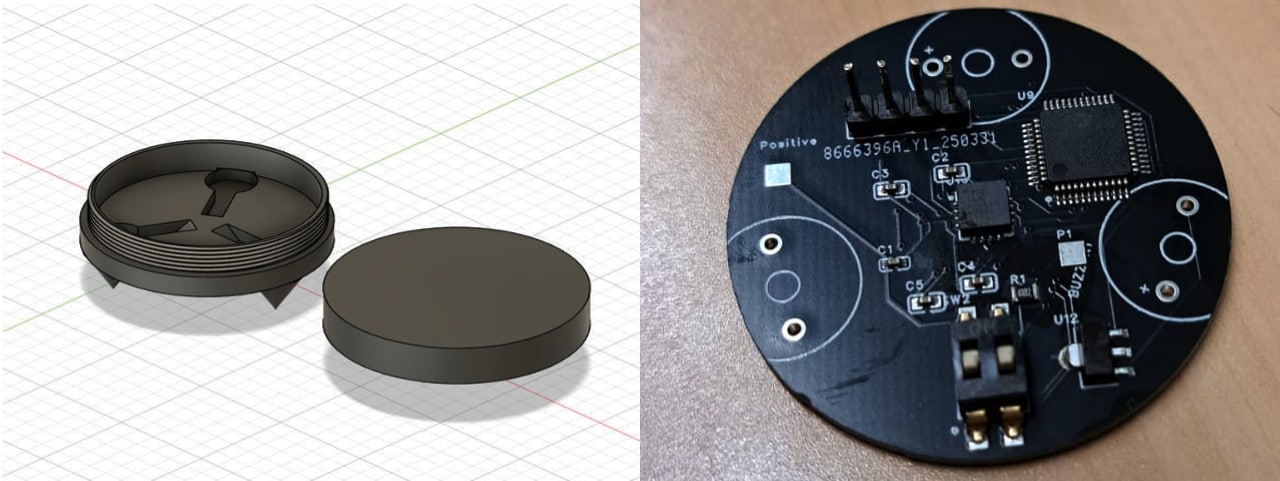Innovative Projects by Makers Around the World
Every design featured here is built by creators, engineers, students, innovators or hobbyists who have transformed their concepts into working solutions. Explore these designs that were showcased on the Microchip Makes page and will, hopefully, inspire you to make something extraordinary.
August 2025: LED Probe: Pocket-Sized LED Tester With a Brain
Electronics educator and prolific maker David Johnson-Davies has developed a clever LED Probe. It is a portable, self-powered LED tester that can be built around either an ATtiny85 or an ATtiny202 microcontroller (MCU).
Designed to quickly test LEDs of all types, including SMDs and invisible IR emitters, the LED Probe automatically detects polarity and displays the result via a red/green status LED. It lights up functioning LEDs regardless of which way you connect them and goes to sleep after 60 seconds of inactivity to conserve power.
It’s a smart, simple tool that blends analog sensing, embedded logic and low-power design, all in a coin-sized package.
Want to explore the LED Probe in detail or build one yourself?

July 2025: AI Snake on a Chip: Play a Retro Game on a Tiny MCU
What happens when you take a classic game, teach a simple AI how to play it and squeeze all of that onto an ATtiny microcontroller (MCU)?
This month’s featured design blends machine learning, minimal hardware and a good dose of creativity from Christopher Bolig. The AI was trained in Python® to play Snake, and the model was saved to Flash memory on an ATtiny1616 MCU with some basic linear algebra.
The result? A surprisingly smart AI that plays Snake all on its own.
Bonus: The game lets you switch between AI mode and human control so you can play Snake yourself.
Are you ready to see what AI can do on ~2 KB of stack/heap memory?
June 2025: VICTOR Vibration-Controlled Task-Oriented Robot
Dr. Carlo da Cunha and students he supervises from Northern Arizona University's C•Lab have developed a Vibration-Controlled Task-Oriented Robot, known as VICTOR, designed to serve as a platform for the investigation of advanced embodied AI algorithms. VICTOR uses the AVR128DB48 as the CPU.
Dr. Cunha is an assistant professor in the School of Informatics, Computing, and Cyber-Systems at Northern Arizona University who runs an interdisciplinary research group known as C•Lab that investigates the intersection of complex systems and AI.
Do you want to see VICTOR in action? Use the link below to watch some YouTube Shorts.
